The Hidden Cost of Electrical Harmonics—and How to Fix It
Most business owners don’t think about power quality until something goes wrong. Equipment overheats, circuit breakers trip, or production grinds to a halt—and the cause isn’t always obvious. One often-overlooked culprit is electrical harmonics—a form of electrical pollution that can quietly increase costs, reduce efficiency, and damage critical equipment.
Harmonics aren’t just an engineering problem. If left unchecked, they can cost businesses thousands in unnecessary energy consumption, maintenance, and downtime. Understanding what harmonics are, how they impact your operations, and what can be done to manage them is essential for any facility running modern electrical equipment.
What Are Harmonics? A Simple Explanation
Electricity should flow in a smooth, predictable pattern. However, some types of equipment introduce unwanted disturbances into the system, disrupting this natural flow. These disturbances—known as harmonics—are additional frequencies that interfere with normal power delivery, leading to inefficiencies and potential damage.
How Harmonics Are Created
Harmonics occur when electrical devices draw power in a way that distorts the standard voltage and current waveforms. In South Africa, the fundamental frequency of electricity is 50 Hz. Harmonics are multiples of this base frequency:
3rd harmonic = 150 Hz (3 × 50 Hz)
5th harmonic = 250 Hz (5 × 50 Hz)
7th harmonic = 350 Hz (7 × 50 Hz)
These extra frequencies distort the clean electrical signal, creating power quality issues that can interfere with the performance of other equipment.
Common Sources of Harmonics
Harmonics are primarily generated by non-linear loads—electrical devices that do not consume power in a smooth, continuous manner. The most common culprits include:
Variable Speed Drives (VSDs) – Used in industrial machinery, HVAC systems, and pumps.
Uninterruptible Power Supplies (UPSs) – Essential for backup power but can introduce harmonics.
Solar Inverters – Convert solar energy into usable electricity but may create harmonic disturbances.
LED Lighting Systems – Modern lighting technology is energy-efficient but can contribute to elevated harmonic levels.
Computers and Office Equipment – IT infrastructure can also introduce harmonics into a facility’s power supply.
As businesses rely more on energy-efficient and automated systems, harmonics have become a growing issue in electrical networks worldwide.
Why Should Business Owners Care About Harmonics?
Harmonics don’t always cause immediate failures, but over time, they degrade power quality and lead to significant operational problems.
Signs That Harmonics Are Affecting Your Business
Harmonics can manifest in a variety of ways, including:
Overheating of electrical cables and transformers – Even when properly rated for the system.
Frequent tripping of circuit breakers – Protection devices may activate without clear cause.
Unexpected equipment failures – Motors, electronics, and other devices may fail prematurely.
Increased energy consumption – Harmonics cause inefficiencies that lead to higher electricity bills.
Strange humming noises – Electrical systems affected by harmonics often produce unusual sounds.
If any of these symptoms are occurring in your facility, harmonics could be to blame.
The Cost of Ignoring Harmonics
Businesses that ignore harmonics risk:
Higher Maintenance Costs – More frequent equipment failures mean more repairs and replacements.
Production Downtime – Unexpected failures can bring operations to a halt.
Increased Energy Bills – Harmonics reduce efficiency, forcing equipment to work harder.
Reduced Equipment Lifespan – Electrical components wear out faster in environments with high harmonics.
By addressing harmonics proactively, businesses can improve operational efficiency, reduce costs, and extend the life of their equipment.
How to Reduce Harmonics in Your Electrical System
Controlling harmonics requires a combination of prevention, mitigation, and monitoring.
Step 1: Identify the Source
Before fixing harmonics, you need to know where they are coming from. This requires a power quality analysis, which involves:
Installing high-speed meters – These record power disturbances in real time.
Identifying problem equipment – Finding which devices generate the most harmonics.
Measuring harmonic levels – Comparing readings to industry standards to determine severity.
Step 2: Implement the Right Solution
Once harmonics have been identified, businesses can reduce their impact using several techniques:
Option 1: Line Reactors
Line reactors act as barriers, preventing harmonics from spreading through the system. They contain the electrical pollution at the source, ensuring it doesn’t affect other equipment.
Option 2: Passive Filters
Passive harmonic filters absorb unwanted frequencies before they can cause damage. These are commonly installed in industrial facilities to stabilise power quality.
Option 3: Active Harmonic Filters
Active filters are sophisticated systems that detect and neutralise harmonics in real time. They inject counteracting frequencies into the power supply to cancel out harmonic distortions. While highly effective, they are expensive and typically used only when other solutions are insufficient.
Step 3: Maintain Power Quality
Harmonics are not a one-time problem—they need continuous monitoring. Businesses should:
Schedule regular power quality audits – Ensure harmonic levels remain within acceptable limits.
Upgrade filtering solutions as needed – As new equipment is added, additional filtering may be required.
Educate facility managers – Awareness of harmonics helps prevent future issues.
Super Harmonics and the Next Challenge in Power Quality
Recent advances in technology have introduced super harmonics and supra harmonics—high-frequency disturbances that go beyond traditional harmonic problems.
These disturbances, caused by new electronic devices, were once thought to be harmless. However, research now shows that they can cause severe disruptions, including:
Interference with communication systems – Affecting wireless and data networks.
Increased risk of electrical fires – Due to overheating in cables and transformers.
Unexplained equipment failures – Particularly in sensitive electronic devices.
As of now, there are no formal South African standards for super harmonics, making it crucial for businesses to take proactive steps in power quality management.
Taking Control of Your Power Quality
Harmonics are a hidden threat to business efficiency, but they can be managed with the right approach. By investing in power quality monitoring, filtering solutions, and proactive maintenance, businesses can:
Reduce downtime and equipment failures.
Lower energy costs by improving electrical efficiency.
Extend the lifespan of electrical components.
Prevent unexpected disruptions that impact operations.
If your facility has experienced unexplained power issues, it may be time for a professional harmonic analysis. Identifying and addressing power quality problems today can prevent costly failures in the future.

